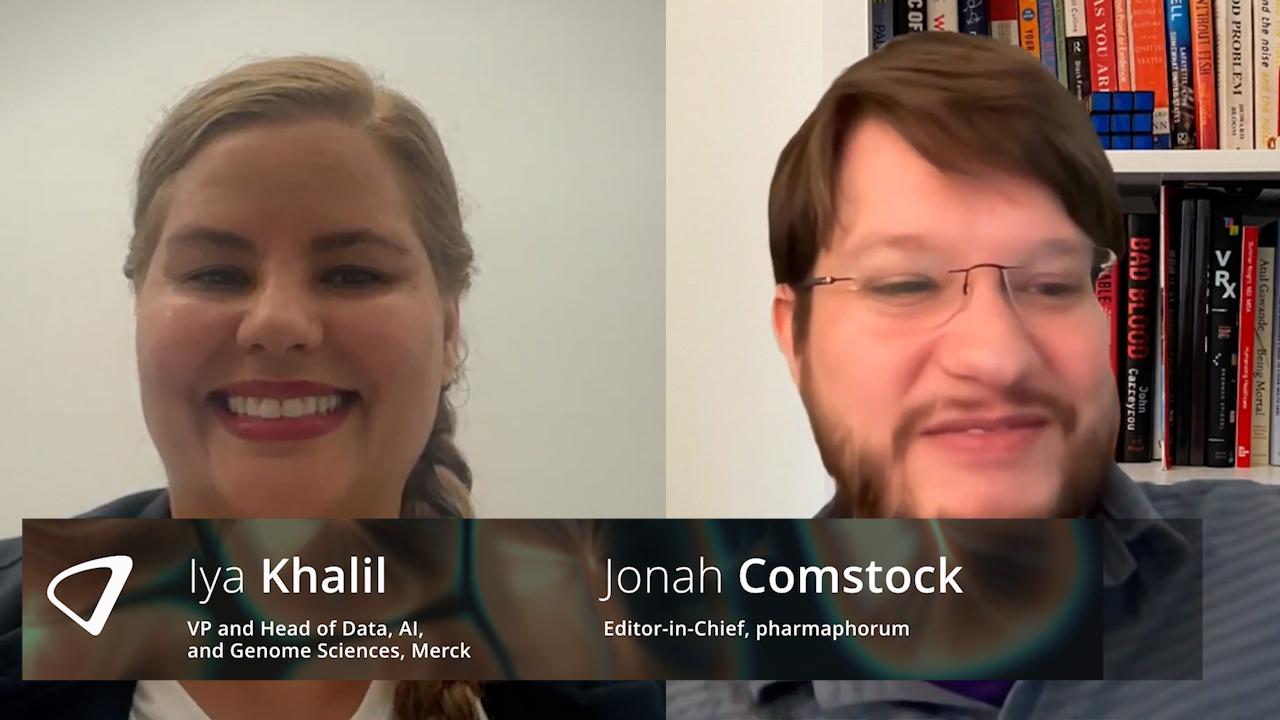BIO 2025: Makary: Drugs don’t have to take 10 years to get to market

FDA Commissioner Dr Martin Makary took the stage at BIO 2025 to detail the way he and his team have been challenging “deeply held assumptions” about how the FDA ought to do its work.
“We have got to try new things,” he said in a fireside chat with BIO President John Crowley. “We are seeing an increasingly competitive landscape internationally. We are seeing prolonged time and wasted steps result in a lack of investment, we are seeing companies get frustrated. … So we're going to continue to look at everything we can do to challenge the deeply-held assumption that it does take 10 years for a new drug to come to market.”
Two-stage review structure
One example is the new Commissioner’s National Priority Voucher programme announced just today by the agency. The programme is a pilot for a system by which drug reviews can be shortened by submitting most of the information before the completion of a clinical trial.
“Today we announced essentially a decoupling of the application in a new pilot programme where the CMC portion and the lion's share of the application can be submitted before the final NDA or BLA submission, to take advantage of the time that is spent waiting for a clinical trial to reach its endpoints,” he said. “That's a lot of dead time that can be utilised. …When the clinical trial results come in they can be submitted as an addendum or a part two of the application and we can focus on review of that and, in one to two months, get a decision back to the sponsor instead of the standard 10 to 12 months.”
He said the new process doesn’t “cut any corners” when it comes to scientific rigour.
ELSA in action
Another effort to increase efficiency is the FDA’s new AI tool for scientific reviewers, ELSA, which went live ahead of schedule across the agency.
“One reviewer told me, this is doing in six minutes what would normally take me two or three days,” Makary said. “And we're not talking about the clinical wisdom and the judgement part. We're talking about the mundane curation of data. These applications can be 100,000 pages for a drug.”
That’s something in and of itself he’d like to take a look at to further improve efficiency, Makary told Crowley.
“It's this crazy vicious cycle where the companies want to submit everything because they don't want us to say 'gotcha, you didn't include this'. So at some point we have to disarm and use common sense.”
As for ELSA though, Makary says that the proof of its efficacy is in the pudding.
“We have thousands of unique FDA staff using the tool every day,” he shared. “It's optional, they don't have to use it, so obviously they're finding value in it.”
Animal testing and surprise inspections
Two other examples of Makary’s FDA looking for inefficiencies by challenging entrenched systems are animal testing and inspections. Makary says mandatory animal testing for toxicity is an area where the value doesn’t justify the time or expense, especially when better options exist.
“Animals are not very good at predicting toxicity in humans,” he said. “Ninety percent of drugs that get through animal testing are not found to be safe and effective in humans. We now have better technology. There's computational modelling that is getting better with every iteration. … So if we can reduce some of the unnecessary cost and time of the six to 15 months toxicity and animal testing period, we can lower barriers to entry, we can lower R&D costs, and we can ideally lower drug prices, which is a big goal for this administration.”
And he expressed surprise and frustration at the double standard the agency has held with manufacturing facility inspections in the United States, where surprise inspections are given, and abroad, where inspections are usually scheduled.
“Why are you doing a study to see if surprise inspections are better than scheduled inspections?” he asked, citing work that was being done when he arrived at the agency. “At some point you have to use some common sense, and a scheduled inspection is essentially no inspection. We have reevaluated all of that. We've made some announcements, and we'll make some more soon.”
A “culture of fiefdom”
Makary defended the massive staffing cuts at FDA as another efficiency play, decrying the previous state of the agency.
“There were tremendous redundancies,” he said. “There was essentially a fiefdom culture with many different centres at the agency. Sometimes they didn't talk. Each centre was autonomous. They had their own lawyers and communications staff and legislative affairs people; they managed their own hearings to Congress and appropriations requests. They had 12 travel offices. They had IT departments that built their own giant clunky independent adverse event reporting systems. And so we have come in basically saying 'we understand it's been tough. We want to create culture of teamwork. We want the leaders of all the centres to have an incredible collegiality where we share resources.”
Makary also said that despite the inflammatory rhetoric around the cuts, they’ve merely returned the agency to 2020-2021 staffing levels. And they’ve done it without impacting approval timelines.
“We had to make sure all the core staff had the resources they had and that means keeping the trains running on time,” he said. “We're on track to meet all PDUFA targets.”












